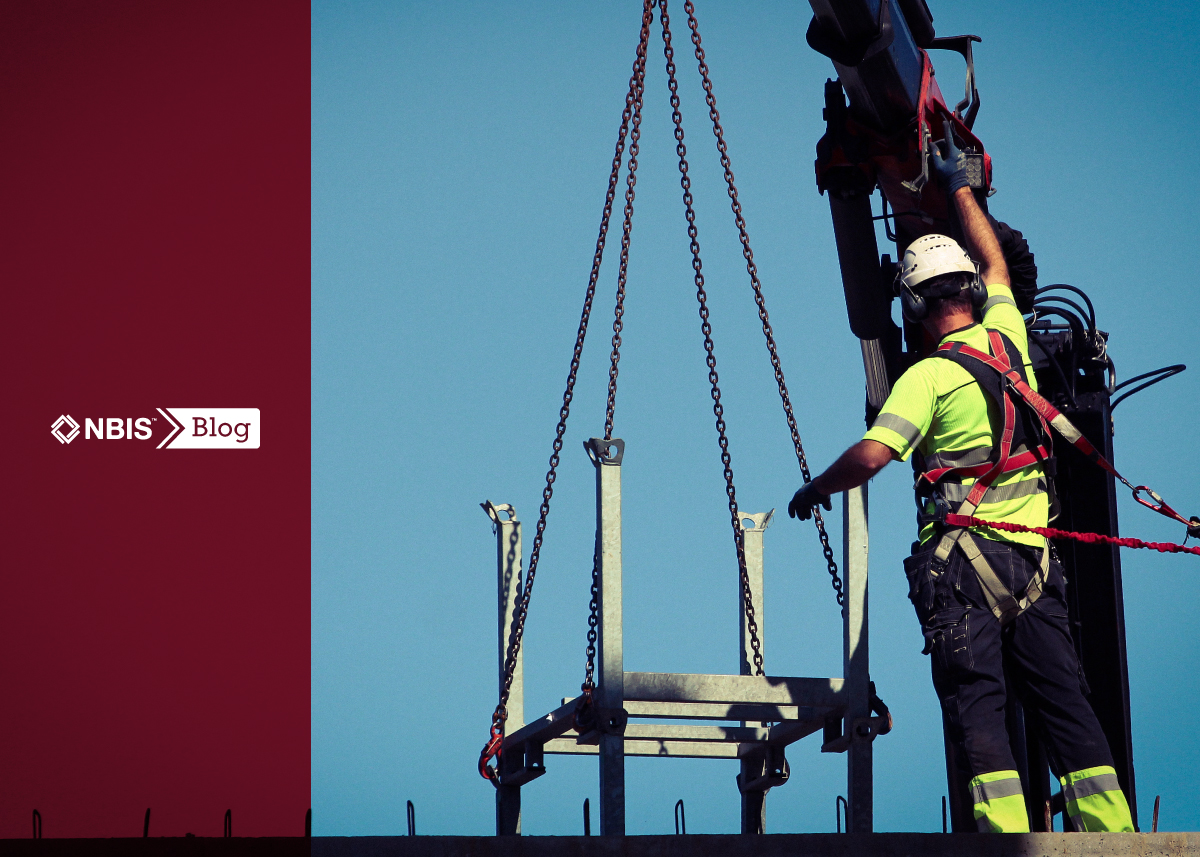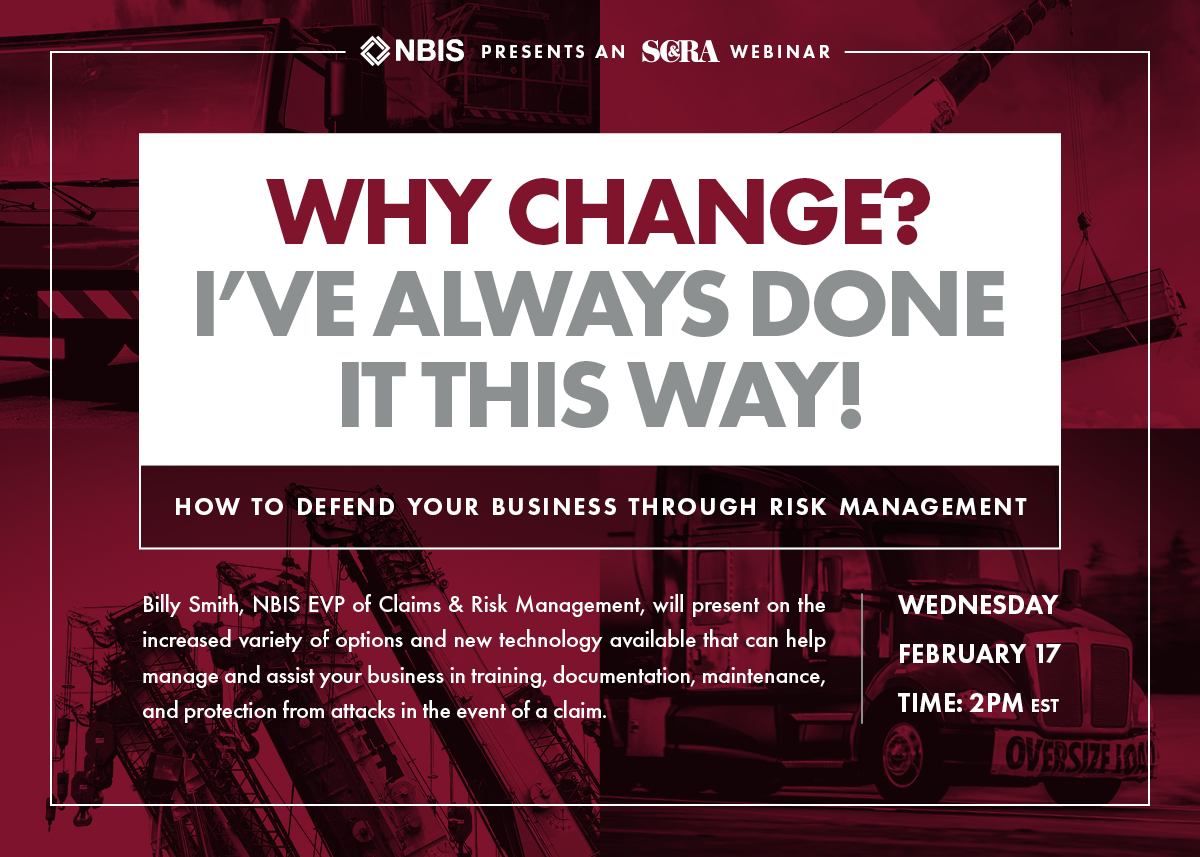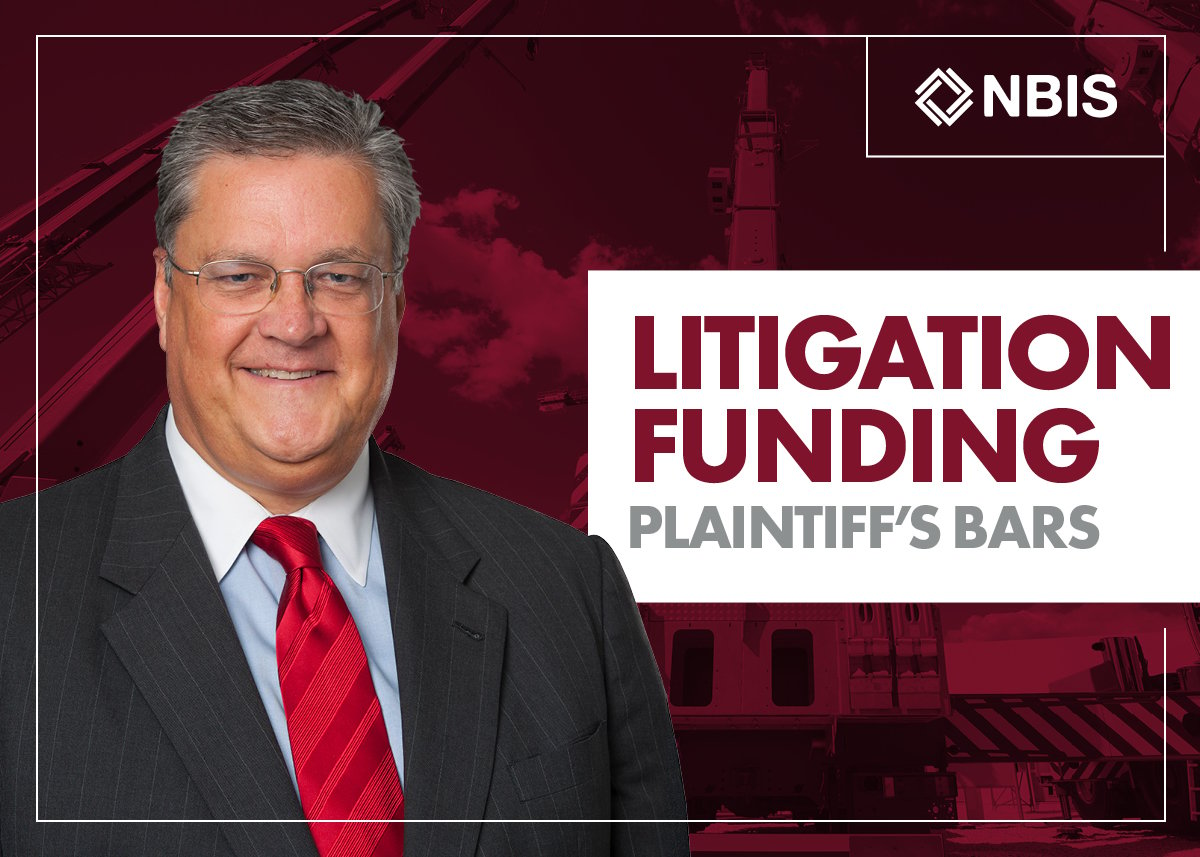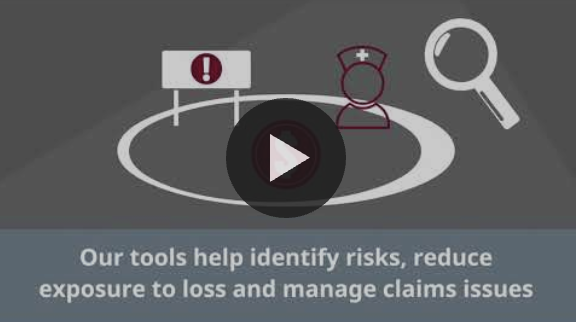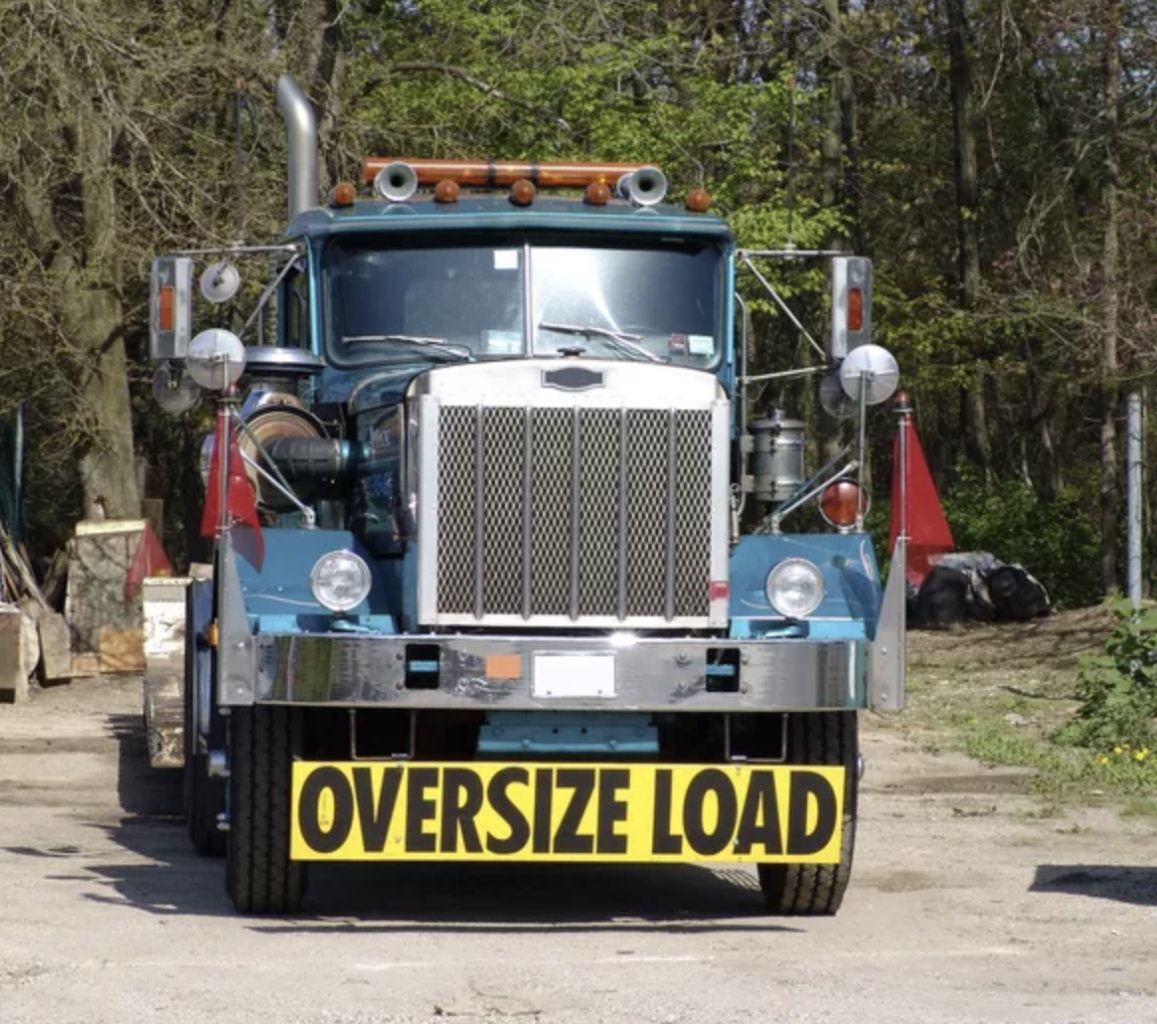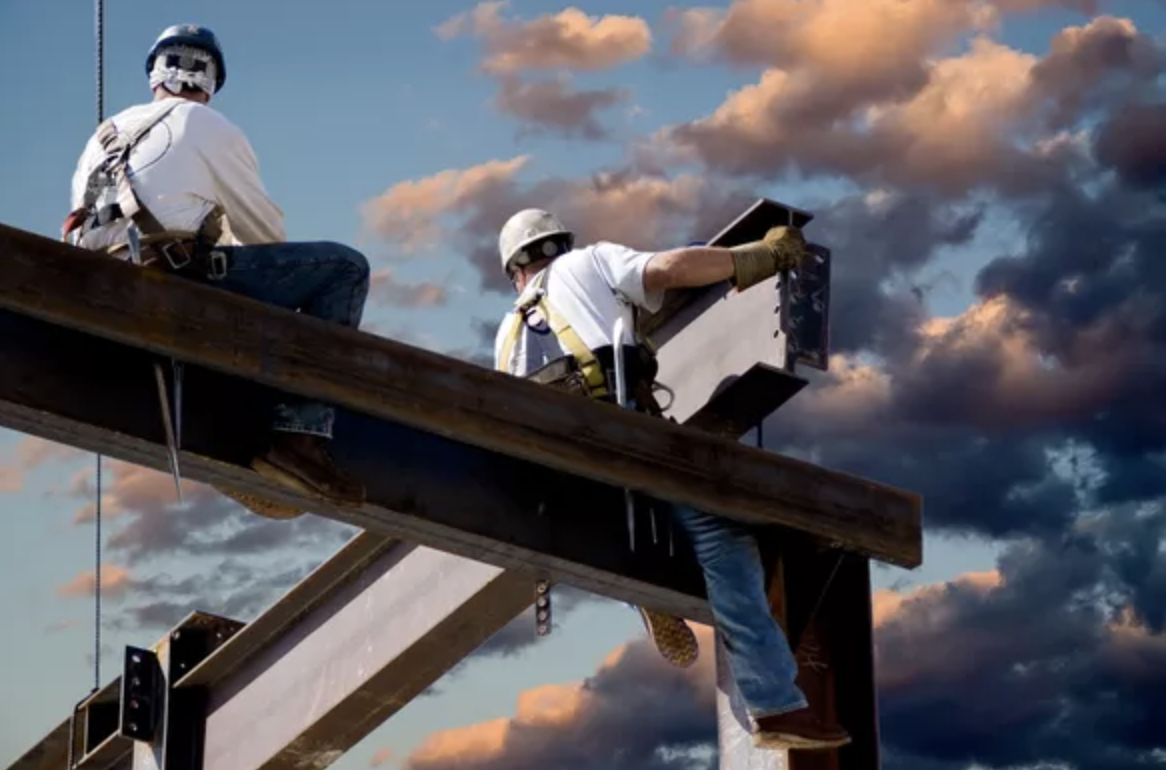At NBIS, we eat, sleep, and breathe contracts.
That’s because if you’re in the business of insuring crane and rigging and concrete pumping operations like we are, then you know exactly how important having the right contract language is. If an incident occurs, it’s the contract language that ultimately dictates how the claim will progress.
By ensuring the legally preferred contractual language is embedded within each of your company’s contracts, in accordance with each state’s laws – whether it’s a daily work ticket or a long-term rental agreement – you can effectively optimize your risk-transfer potential, help mitigate your losses, and do your part to fight against rising insurance costs.
With that in mind, here are four daily work ticket must-haves.
1. Indemnification Clause
At its most basic level, indemnity is the promise to pay for the cost of possible damage, loss or injury and determines the level of liability crane insurance policyholders are assuming or passing on to their customers. Indemnification is driven by the particular state you’re operating in and is typically broad-based, intermediate, or limited.
2. Additional Insured Clause with Preferred Contract Language
Additional Insured clauses are often the most favorable risk transfer tools you can have in your contract for two reasons: (1) When you can’t get protection through an indemnity clause, you may find protection through an Additional Insured clause; (2) Becoming an additional insured on your customer’s insurance policy, by way of a written contract, affords you the same liability protection your customer would have under its insurance policy for covered claims, including defense obligations by the customer’s insure.
By becoming an additional insured on your customer’s insurance policy, you have two insurers to call on for defense and indemnity coverage.
3. Requirements for Standards of Care/Tie in to ANSI B 30.5 and B30.27 Roles and Responsibilities
Incorporating the ASME B30.5 and B30.27 standards into your contract assists your insurer’s defense team in making liability arguments as to both the standard of care and responsibilities the contracting parties agreed to follow by.
In the event of a loss where a dispute arises as to who was responsible for a specific task during crane operations, ASME B30.5 and B30.27 become the standards that guide litigators to delineating roles and responsibilities.
Should one of the contracting parties fail to perform according to the standard of care outlined in B30.5 and B30.27, litigators can refer back to the agreed-upon terms within the contract.
4. Care, Custody, and Control Clause
During crane and pump operations, it’s common for the crane or pump operator to be working under the direction and supervision of another party, such as the customer’s lift director and/or signal personnel. Who had the right to control the crane or pump operators’ activities becomes a critical liability argument.
So to ward off liability as to who is responsible for directing the crane or pump operator’s activities on a given job, crane or pump service providers can benefit from inserting a “Care, Custody and Control Clause”, also known as “Right to Control” clause, into their daily work ticket or contract.
In doing so, crane and pump companies are contractually transferring the risk back to the customer (and/or customers) who is supervising and/or directing the crane or pump operator’s activities at time of incident.
For more information on how to optimize the amount of protection afforded by your contract, drop us a line. We’ve got lots more information to share.

